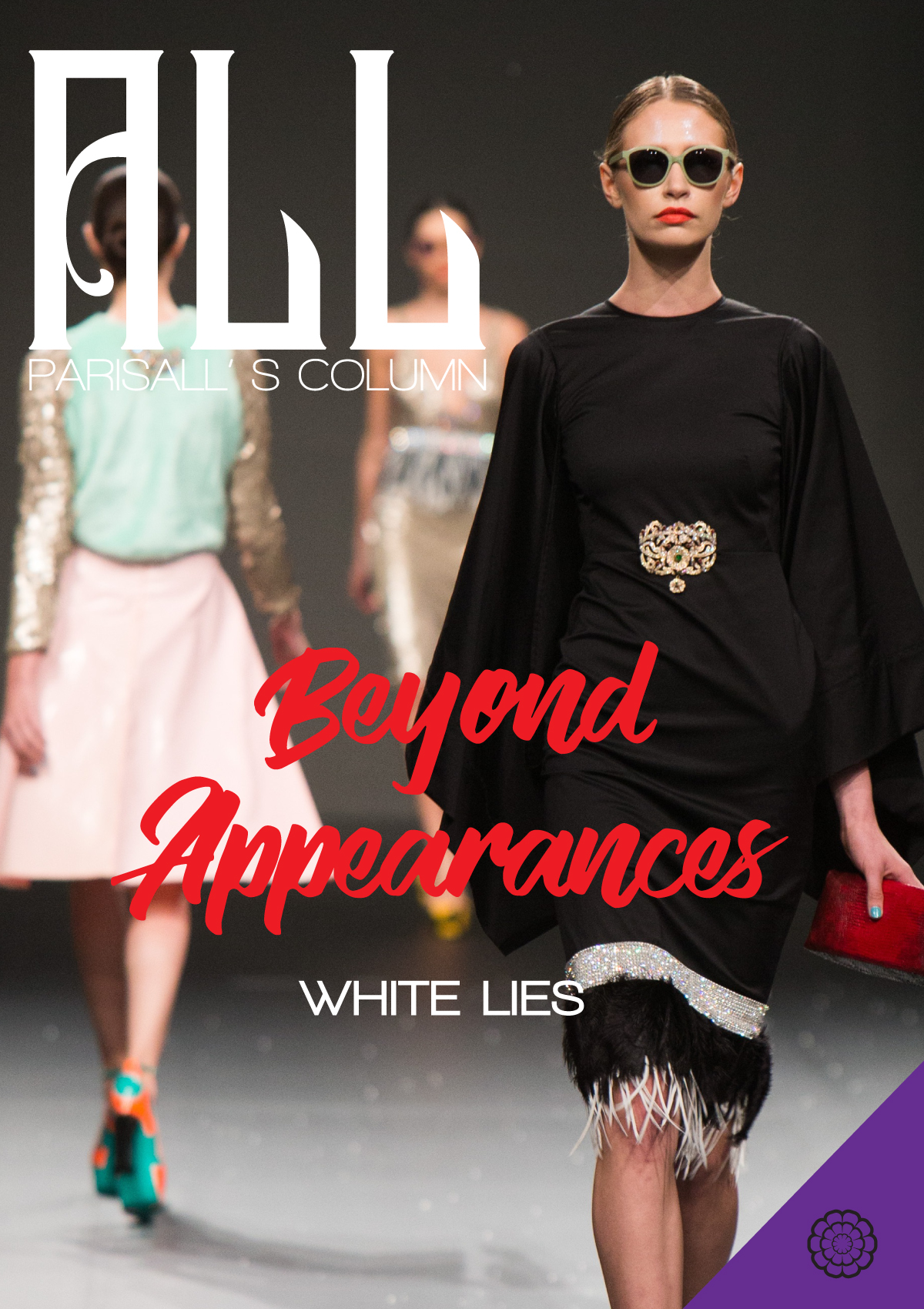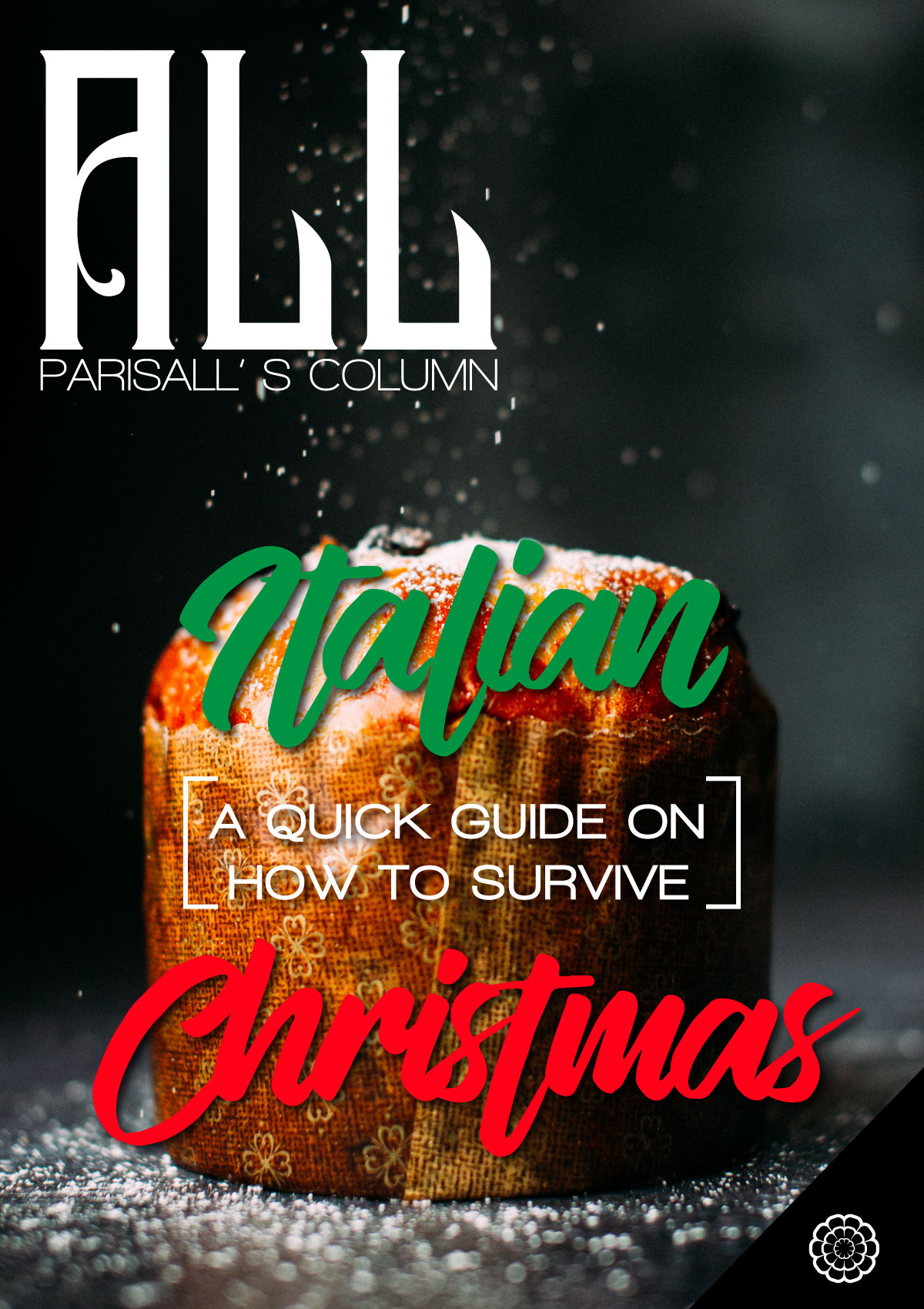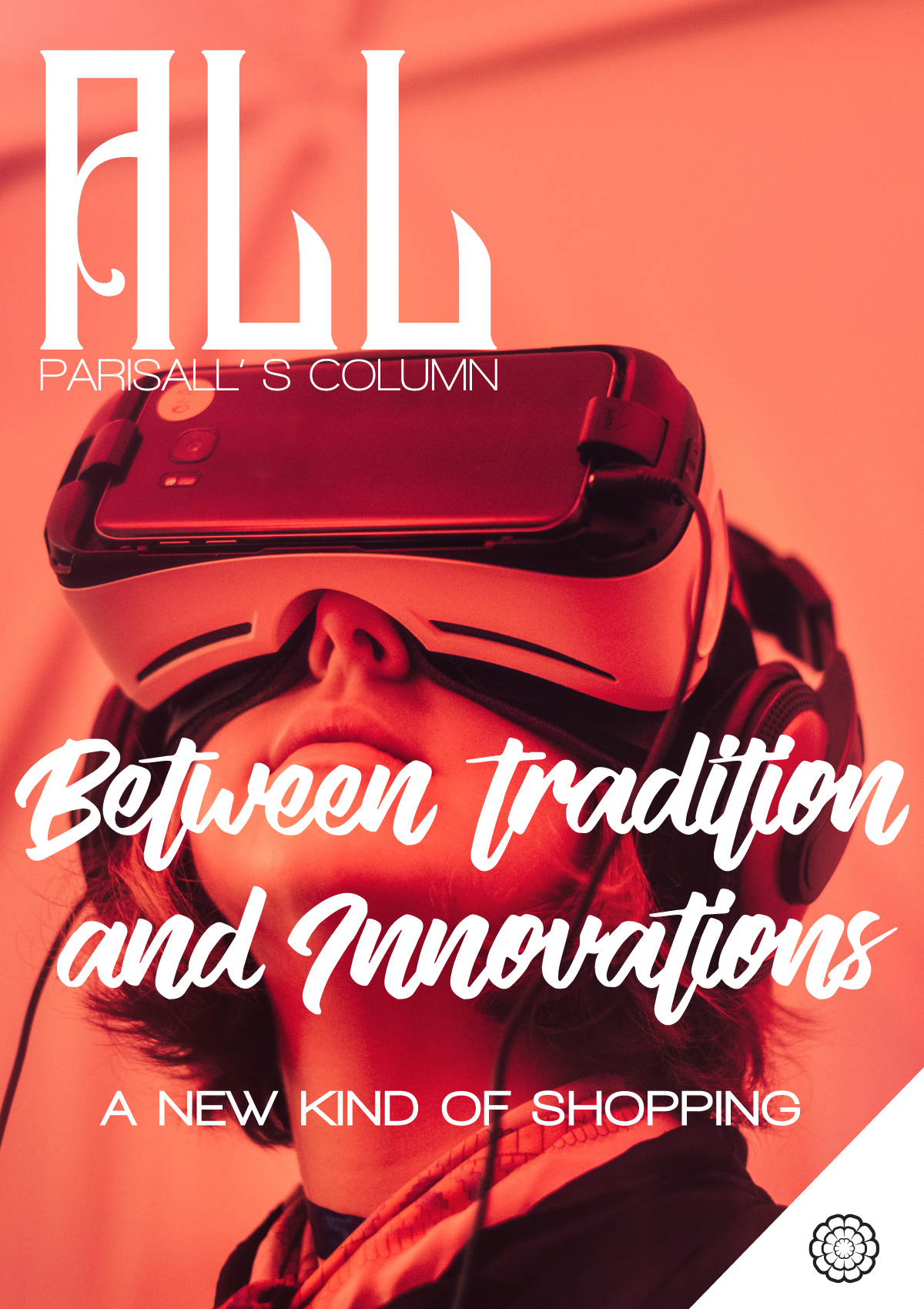Editorial
I still remember the Barbie adverts they used to run: the mansion with the lift, the convertible with the doll behind the wheels, Ken sitting next to her, and the two of them driving into the sunset together. They were not just toys, they were a fantasy, a promise to fulfil.
As a child, I believed in advertising. Adults would not lie. Why should they? Though the pastries were not as soft or as filled with chocolate as it was shown in TV commercials, I was adamant in my belief.
As a teenager, I continued to believe in advertising. My position was that adults would never have the courage to outright deceive or mislead. In my head, the “truth police” was always on the job, ready to uncover lies and omissions, and to punish the wrongdoers.
As an adult, I understand why my mother referred to my idealism as a medical condition.
White lies
The advertising industry has changed. Like other aspects of our life, it has adapted to the reality shaped by the influence of new technologies. The boundaries between appearance and truthfulness are more and more evanescent, and our social media persona threatens to take over our private life too.
Thus, advertising campaigns have moved towards a realistic and intimate storytelling. The average consumer is more knowledgeable, pays attention to details that would have otherwise gone unnoticed, numb to the old techniques of conviction and seduction. The nuances are crucial and make all the difference: from packaging to the shelving display, to online suggestions, the careful consideration of every element of a product comes through. Copywriters, conscious of their audience’s awareness, establish a relationship based on mutual respect and honesty, placing creativity and irony at the heart of campaigns that can also spark a debate.
As of now, we are questioning the stereotypes we are used to: from beauty canons to what is considered successful. There has been an uproar against “zero sizes” model, the use of Photoshop is often criticized in favour of a more transparent approach towards imperfections and the aspects of everyday life. We are trapped between “being” and “appearing”. On one hand, there is the appeal and the thrill to embrace our true selves shrugging off society’s expectations; on the other hand, we try to live the fantasies we have been nurturing since we were children when, sitting in front of the television, adverts filled our eyes with wonder.
The boundaries between appearance and truthfulness are more and more evanescent, and our social media persona threatens to take over our private life too.







